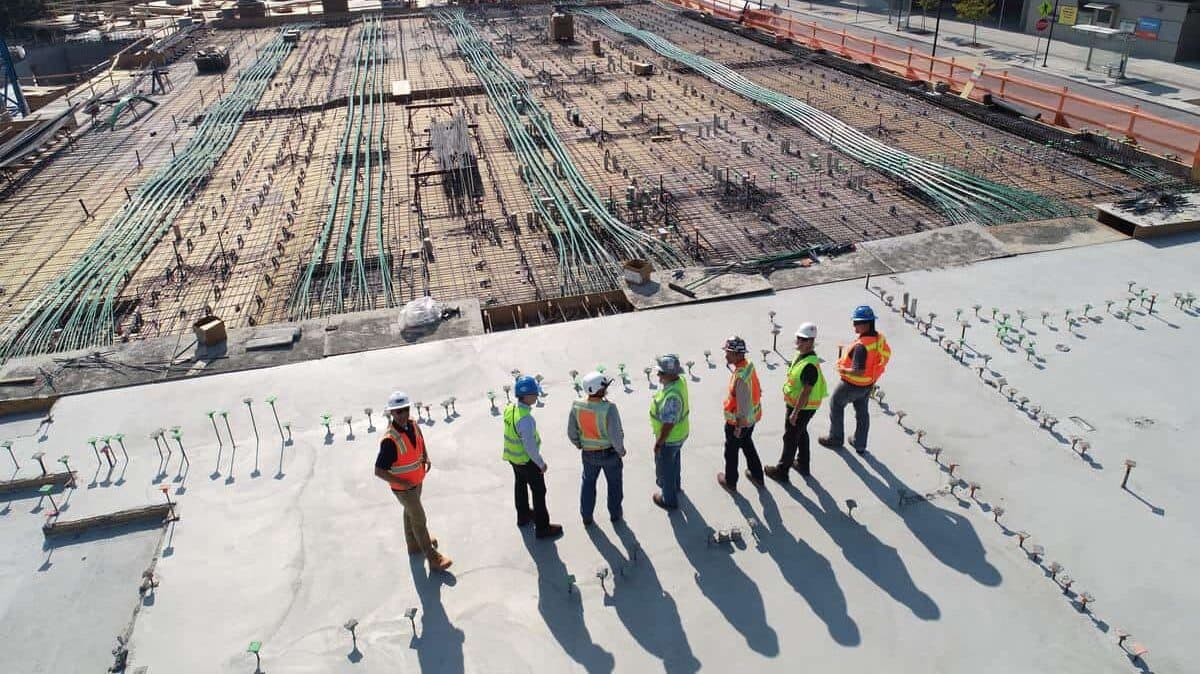According to a recent report by CreditorWatch, insolvencies in the construction sector continue to rise, indicating that the industry has yet to recover to pre-COVID levels.
In March, the rate of insolvencies in construction accounted for 0.7 per cent of all businesses in the sector. The food and beverage sector was the only sector with a higher rate of insolvencies during the same period. The report also suggests that while government assistance during the pandemic helped delay the demise of some construction businesses, James O’Donnell, founder of data analytics firm Open Analytics, suggests that these delays have contributed to the current increase in insolvencies.
Many of the businesses that continued trading through the pandemic due to government incentives are now struggling with higher input costs, rising labour costs, and the absence of ongoing government support. As a result, insolvency numbers are expected to continue rising in the construction sector.
But Patrick Coghlan, CEO at CreditorWatch, says that despite the issues facing the construction industry, there are still numerous opportunities for firms to kickstart growth in the coming years. “Construction companies have hit the headlines for all the wrong reasons over the past year, with a slew of business failures across the sector,” Patrick says.
“While conditions are expected to remain challenging in the immediate term due to supply chain disruptions, higher interest rates, labour shortages and cost blowouts, there is a range of steps construction businesses can take to put themselves in the best possible position and continue to grow revenue and profits.”
CreditorWatch’s Chief Economist, Anneke Thompson, has pointed out that the construction industry is facing multiple challenges, including rising insolvencies and moderation in the value of construction work. In most jurisdictions, the value of construction work done has begun to moderate, with only New South Wales, Victoria, and Western Australia recording year-on-year increases in construction work for the year to December 2022.
According to Australian Small Business and Family Enterprise Ombudsman Bruce Billson, smaller construction firms still have a full book of work despite these challenges. However, they need help with rising costs, margin squeeze, cash flow pressures, the timeliness of payments, and wobbles among larger firms they subcontract. These challenges make it challenging for small construction firms to manage their finances, and they need to adopt effective strategies to deal with them.
Early-stage businesses at risk
Todd Gammel, a restructuring and risk advisory partner at HLB Mann Judd Sydney, has warned that the current global market conditions are similar to those of the 2008 financial crisis and will likely lead to an increase in corporate insolvencies. The recent RBA rate hike further compounds this trend. Gammel points out that fraudulent and inflexible structures are the root cause of many insolvencies in the local market, particularly in the property and construction sector.
“Things are starting to fall over. The stereotypical problem is real estate development, where a builder has a loan and churns through money but is only 70 to 75 per cent through the build. The cost of labour and materials has increased, increasing the costs.
“Historical fixed price contracts are continuing to cause headaches, but fortunately, there is increasing willingness to explore options on how to complete projects without formal insolvency processes if they can be avoided. Notwithstanding, unless the parties can come to a commercial, financial agreement, they’re collapsing and will continue to do so in this inflationary environment,” he said.
According to Gammel, the current global market conditions resemble the 2008 global financial crisis and will lead to a rise in corporate insolvencies. Gammel pointed out that the property and construction sector has a fraudulent and inflexible structure, which is exacerbating the situation.
Additionally, early-stage businesses, popular with investors during the COVID era, suffer from inflation and a lack of willingness to invest in them. Chip Hoebeke, Head of Consulting at Rehmann, also agrees that the current market conditions resemble those of the 2008 financial crisis and that inflation is not the ideal solution to fend off the recession. Hoebeke is in Australia to raise awareness of the Cayman Islands Restructuring Officer regime, which could prove to be a useful tool to help creditors recover money during insolvencies.
The legislation has been in effect since August 2022 and could be utilised by Asia Pacific investors, funds, and creditors to manage the process efficiently and fairly without damaging the underlying assets.
CreditorWatch’s ‘Cracks in the Foundations 2023’ is the latest paper in a special series on the Australian construction industry.
Keep up to date with our stories on LinkedIn, Twitter, Facebook and Instagram.

